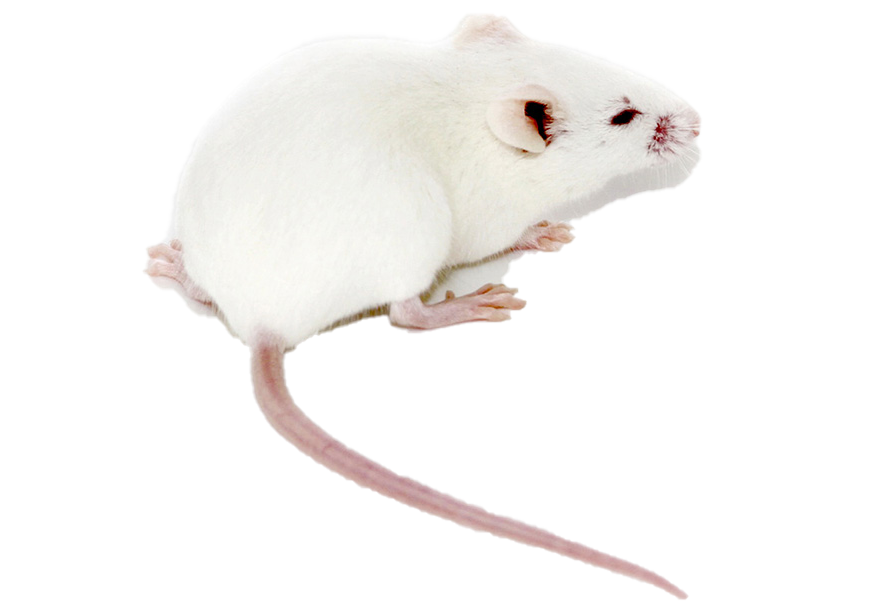KM mice

source
In 1926, the Rockfeller Institute of the United States introduced albino mice from Switzerland and bred Swiss mice [1]. On March 17, 1944, Professor Tang Feifan introduced Swiss mice from hoffkine Institute
in India and raised them in Kunming central epidemic prevention office. Because the mouse was first introduced into Kunming, it is called Kunming mouse. After liberation, the central epidemic prevention
office moved back to the temple of heaven in Beijing and changed its name to the Institute of biological products of the Ministry of health. In 1950, the mice were introduced to the temple of heaven in
Beijing (the current site of the laboratory), and 9 pairs of mice were preserved at that time. It was moved to the eastern suburb of Beijing in October 1953 and expanded in 1954. It has been introduced to
other units and has now spread all over the country.
features
KM mice are the outbred mice with the largest production and use in China. The gene pool is large and the gene heterozygosity rate is high. Chinese scholars have successively cultivated many inbred mice
from the KM mouse outbred group. After more than 50 years of breeding, the spontaneous rate of tumor in KM mice is very low. There are some differences in the growth, development and reproductive
performance of closed populations of Kunming mice raised in different places. But its common characteristics are strong disease resistance and adaptability, high reproduction rate and survival rate. It is
cheap. It accounts for about 70% of the total dosage of mice in biomedical animal experiments in China.
Main purpose
It is widely used in the research of pharmacology, toxicology and other fields, as well as the production and verification of drugs and biological products.

